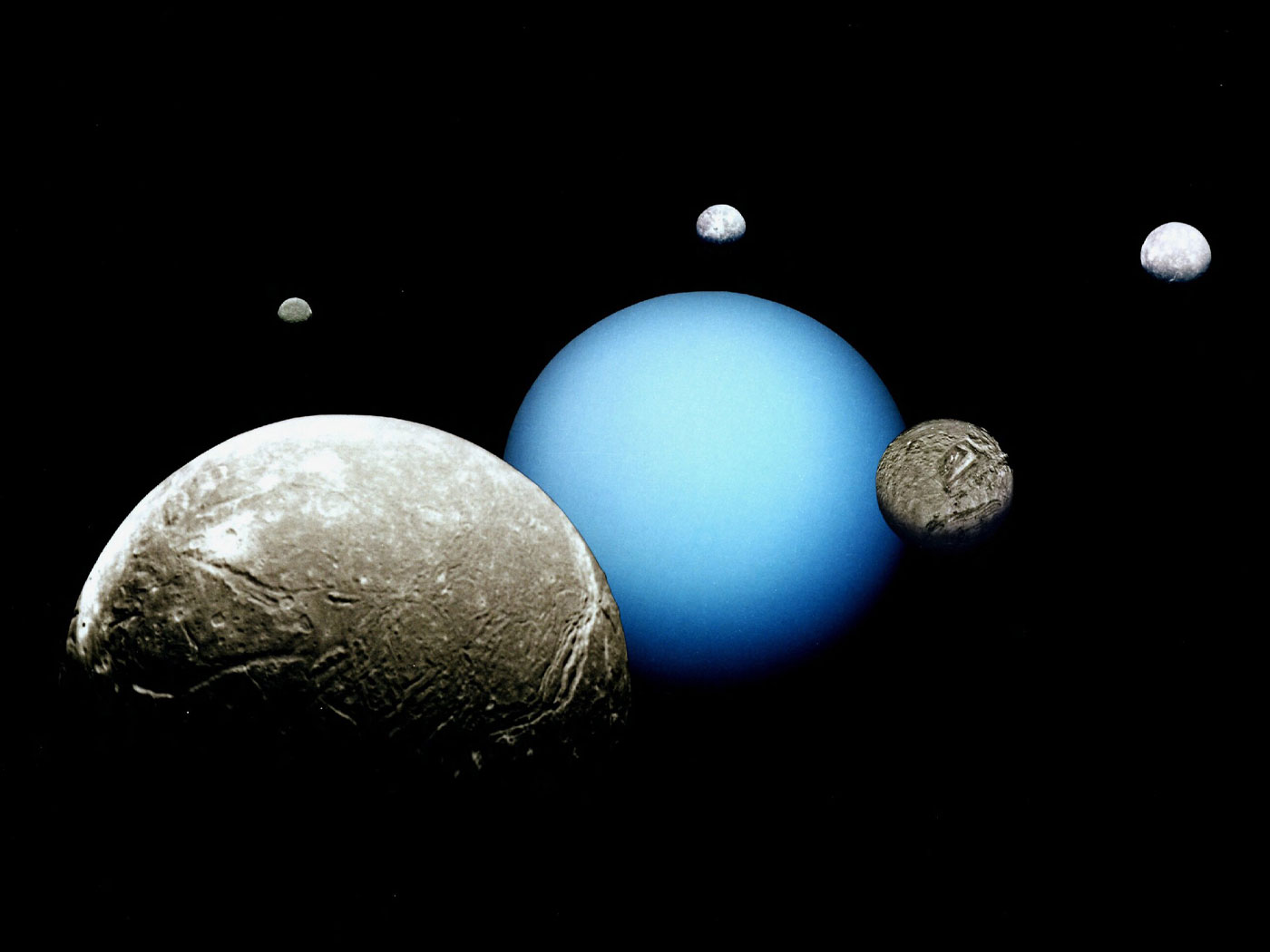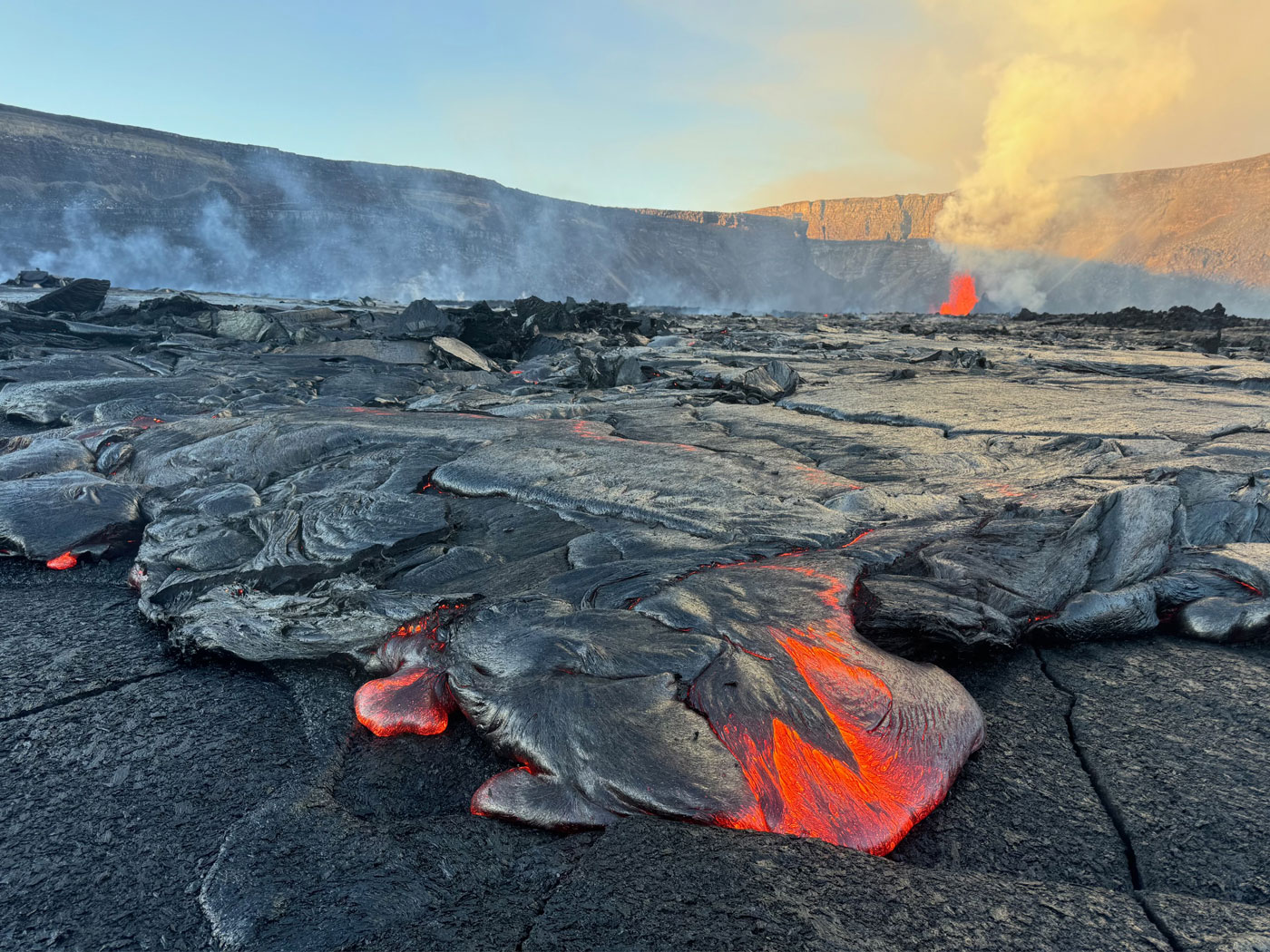As we proceed into the 21st century, secular scientists are still attempting to eke out a purely material explanation for the origin of the universe and life on this planet. They will not succeed.
New Scientist magazine is a popular British publication for scientist and layman alike. In July 2011, it asked, “Why does the universe exist at all?” and “Why is there something rather than nothing?”1 Biblical explanations are not tolerated, of course, which leads evolutionists to suggest unsatisfying alternatives such as “perhaps the big bang was just nothingness doing what comes naturally.”2 But the supposed Big Bang itself has a host of problems.3 In fact, the most basic of all scientific laws—the law of cause and effect (no effect can be greater than its cause)—becomes so much rubbish if the cosmos is the product of chaos, appearing and then evolving by chance.
Not only that, but what is the universe made of? Secular science doesn’t know: “Trouble is, we still haven’t a clue what most of the stuff is made from.”4
Science reporter Amanda Gefter says, “It’s lucky you’re here.”5 But not surprisingly, the Bible teaches a purposeful creation with man created in God’s image to have dominion over the rest of creation (Genesis 1:26-28).
Attempted explanations of organic life springing from inorganic non-life (abiogenesis) fare no better. Currently, evolutionists envision a primeval molecule called an RNA (ribonucleic acid) replictor that somehow assembled itself in Darwin’s “primordial soup.” But there is no geologic evidence for this soup or for how such reactive nucleotides could begin to accumulate and organize themselves.
Indeed, Michael Marshall reported, “But there is still one huge and obvious problem: where did the RNA come from in the first place?”6 and “Life must have begun with a simple molecule that could reproduce itself.”7 “Must have” is a phrase born out of conviction that the supernatural does not exist and there “must be” a purely materialistic explanation. Further into the article, Marshall laments:
We may never know for sure but many promising avenues are being explored. Most biologists think there must have been something like a cell right from the start, to contain the replicator and keep its component parts together.8
As scientists’ knowledge of cellular complexity continues to escalate,9 some evolutionists see it as increasingly unrealistic that such an entity arose spontaneously. Is it any wonder they conveniently bypass sophisticated bio-chemical challenges of spontaneous abiogenesis by simply saying it was “something like a cell right from the start”? Problem solved!
Nevertheless, evolutionists as a whole are confident they have the right idea:
One day soon, [John Sutherland, MRC Laboratory of Molecular Biology] says, someone will fill a container with a mix of primordial chemicals, keep it under the right conditions, and watch life emerge. “That experiment will be done.”10
Don’t hold your breath—good science says otherwise. Life only comes from life.
The wonderful message of creation is not one of chance, time, and natural processes, but one of purpose and plan from the mind of the Creator Himself.
Reference
- Gefter, A. 2011. Existence special: Cosmic mysteries, human questions—Existence: Why is there a universe? New Scientist. 2822: 27-28.
- Ibid, 29.
- Berlinski, D. February 1998. Was There a Big Bang? Commentary Magazine.
- Peterson, J. 2000. Universe in the balance. New Scientist. 2269: 27.
- Gefter, Existence special: Cosmic mysteries, human questions, 27.
- Marshall, M. 2011. First life: The search for the first replicator. New Scientist. 2825: 34.
- Ibid, 33. (See also Figure 28.1 in Chaisson, E. and S. McMillan. 2011. Astronomy Today, 7th ed. Boston: Addison-Wesley, 708.)
- Ibid, 35.
- Karp, G. 2010. Cell and Molecular Biology, 6th ed. Hoboken, NJ: John Wiley & Sons, Inc.
- Marshall, First life: The search for the first replicator, 35.
* Mr. Sherwin is Research Associate, Senior Lecturer, and Science Writer at the Institute for Creation Research.
Cite this article: Sherwin, F. 2012. Basic Questions Remain for the Secular Scientist. Acts & Facts. 41 (1): 15.




















